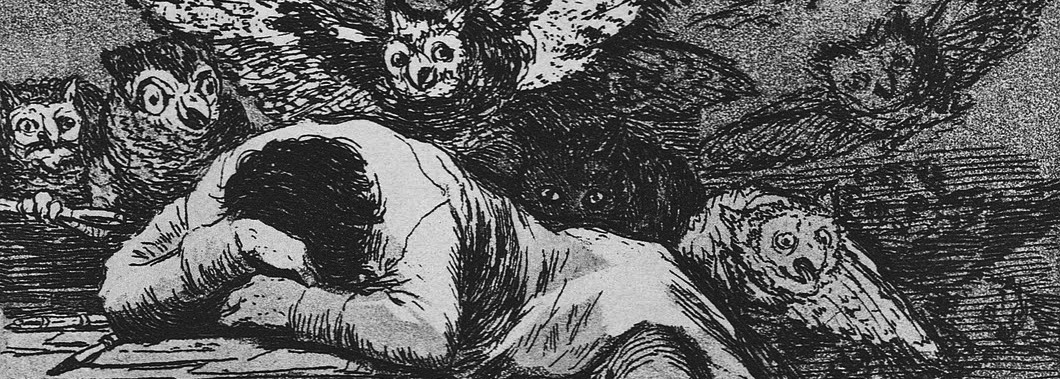I’m writing this with a headache, so bear with me.
Borges is a very good writer. He knows how to do short stories, and I enjoyed almost every assigned reading within this book as well as some that weren’t assigned. The downfall to his very cohesive and structured style, however, is that it gets predictable quick; after reading two stories with aggressive rising actions and ironic climaxes, I wasn’t surprised to find about ten more stories with the same structure (Hakim, Circular Ruins, Forking Paths, Traitor and Hero, Two Kings, and Book of Sand are strong examples of this). Of course, not all of them are like that. Stories such as Babel and Utopia are more sublime in their execution and, in my opinion, more powerful as a result. In fact, those two are probably my favorite stories from this collection, although my opinion is probably biased since Babel reflects a philosophy I strongly adhere to and Utopia reminds me of a short story I wrote. Really, though, every story in this book seems to offer something interesting, and once I get the chance, I will read the whole thing.
I’ve just realized that the title of Cooked Cat is “Cooked Cat” and not “Crooked Cat,” which is what I’ve been reading until now. Ha.
Daisy Dolls is my favorite story this year. The writing quality is excellent and I was, for the first time in a long time, actually drawn to read more for pleasure than academic interest. Grammar, flow, and of course, plot—everything just clicked. I wasn’t crazily confused or driven mad at any point reading this, however, which is a shame as I rather enjoy healthy doses of insanity. The story reminds me of a mixture of several other stories and concepts I’ve experienced, and to be honest, it falls far short of what I’d classify as insane (ranks somewhere around The Yellow Wallpaper, I suppose). That aside, intensity isn’t what makes this story so great; it’s the undertone. Every part of the plot, from the protagonist’s collection of “scenes” to the shy man, create a unified atmosphere that just permeates through the digital pages. No character is meaningless, no setting empty of symbolism, no action without a grand thematic purpose. Maybe I’m lavishing more praise than this story actually deserves (must be the headache), but, all in all, it’s a damn good piece of literature.

